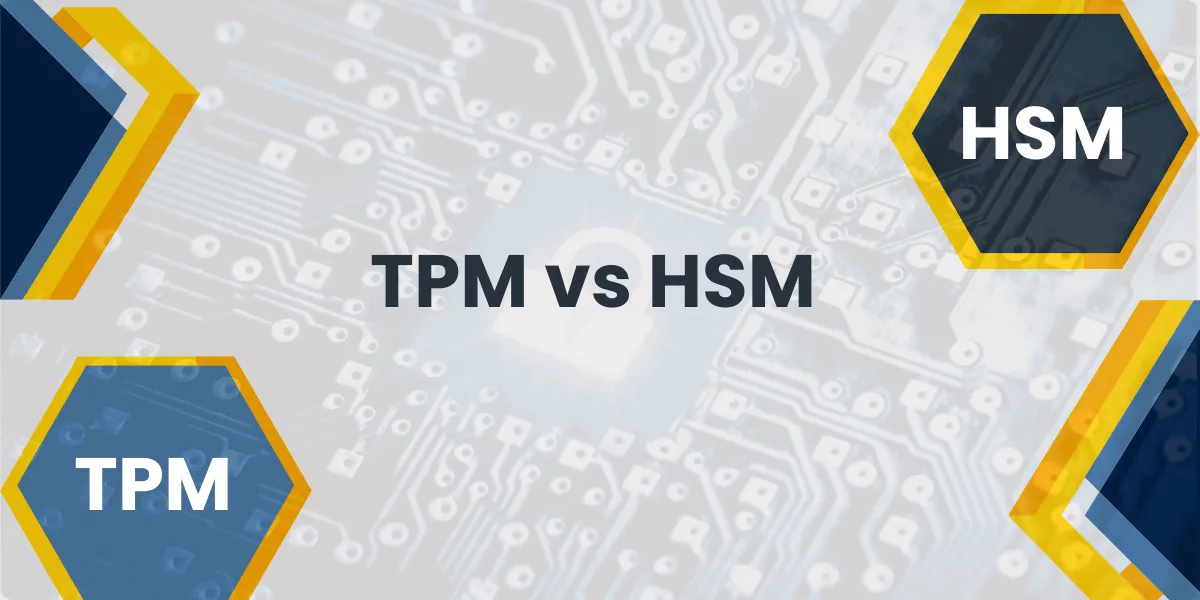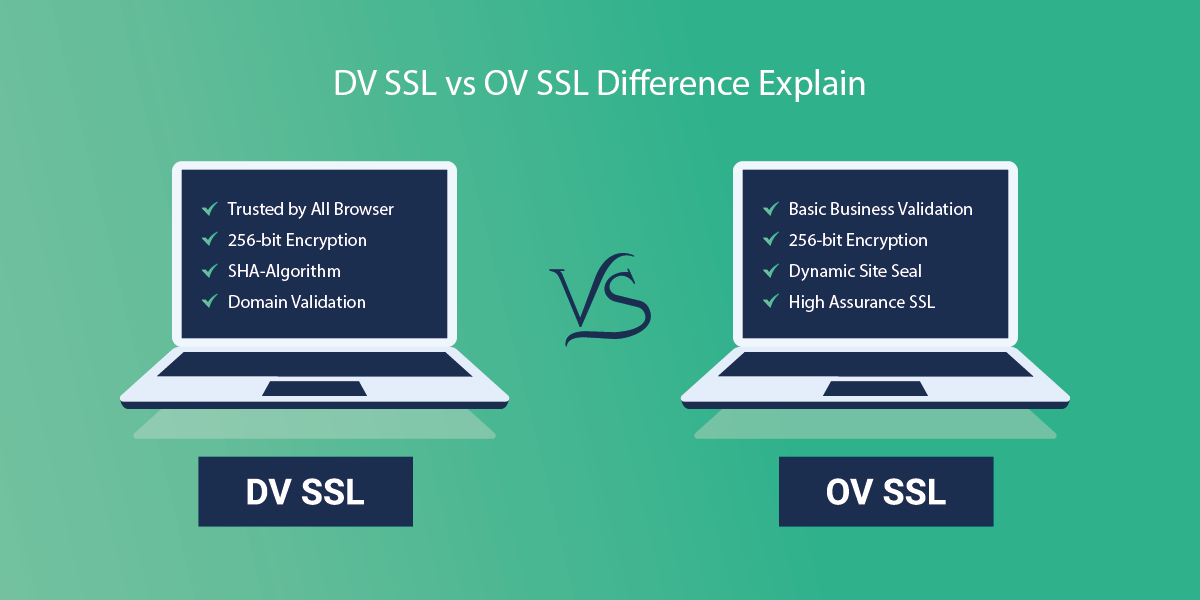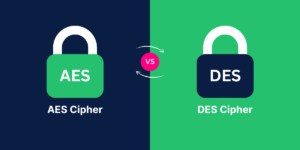Know the Technical Differences between TPM and HSM
TPM (Trusted Platform Module) and HSM (Hardware Security Module) are two common hardware security technologies used to protect cryptographic keys and processes. While both provide secure storage for keys, there are some key differences between TPM vs HSM. TPM is integrated into the device’s motherboard while HSM is an external hardware module. TPM provides security tied to a specific platform while HSM can be used across multiple devices. Understanding the capabilities of TPM vs HSM can help determine which solution best fits an organization’s security needs.
Head-to-Head Comparison Between TPM vs HSM
| Feature | TPM | HSM |
|---|---|---|
| Hardware or Software | Hardware | Hardware |
| Encryption Standard Support | AES, RSA | AES, RSA, ECC, etc. |
| Key Storage | Keys stored on device | Keys stored on external module |
| Ease of Key Backup | Difficult to back up keys | Keys can be backed up |
| Physical Tamper Resistance | Medium | High |
| Key Lifecycle Management | Limited | Full lifecycle support |
| Key Use Flexibility | Keys tied to TPM platform | Keys can be used across devices |
| Certification Level | FIPS 140-2 Level 2 | FIPS 140-2 Level 3 |
| Access Control | Role-based access control | Advanced user/role management |
| Scalability | Limited to device | Scales across multiple devices |
| Cost | Lower | Higher |
| Vendor Options | Built into devices by OEMs | Many vendor options |
Also Read: SNI Based SSL vs IP Based SSL
What is a TPM?
A Trusted Platform Module (TPM) is a secure crypto processor chip integrated into the motherboard of computers and other devices. The role of a TPM is to protect encryption keys, digital signatures, and hash values by integrating cryptographic capabilities onto the hardware platform.
Some Key Characteristics of TPMs
- Embedded In Device Hardware: TPMs are soldered directly onto the motherboard and integrated at the hardware level. This makes it more difficult to tamper with or remove.
- Isolated Execution Environment: TPM chips feature isolated memory and processing, preventing access from the main OS. This allows secure cryptographic processes isolated from potential malware/attacks on the OS.
- Storage For Keys and Hashes: TPMs provide secured storage for sensitive data like encryption keys, digital certificates, passwords, and hash values.
- Hardware-Based Root of Trust: The hardware integration makes TPMs a hardware-based root of trust that can be used to verify the integrity and authenticity of a platform and OS.
- Platform Authentication: TPMs can authenticate hardware devices and platforms, ensuring devices booting up were created by the manufacturer and haven’t been tampered with.
- Disk/File Encryption: TPMs enable disk encryption features like BitLocker on Windows and FileVault on Mac OS, encrypting system files using keys protected by the TPM.
- Secure Boot: TPMs can verify and authenticate the OS bootloader code before launching the OS, preventing tampered code from booting.
What is an HSM?
A Hardware Security Module (HSM) is a dedicated cryptographic processor designed to protect and manage encryption keys. HSMs are physical devices that safeguard cryptographic material like private keys, digital certificates, passwords, and encrypt sensitive data.
Some Key Characteristics of HSMs
- Hardened Physical Appliance: HSMs are dedicated hardware appliances designed to be extremely tamper-resistant through physical hardened security. This includes features like tamper-evident coatings and mesh shielding to prevent physical access.
- Isolated Cryptographic Processing: HSM cores provide isolated, secure cryptoprocessing using protected memory segmented from other parts of the system. Keys are stored in tamper-resistant storage within the protected boundary of the HSM.
- High-Assurance Firmware: HSM firmware is designed following strict security standards to provide high levels of security assurance. Important firmware is stored in immutable masked ROM to prevent tampering.
- Full Lifecycle Key Management: HSMs provide extensive key management capabilities including secure key generation, storage, backup, rotation, destruction, import/export, and more.
- High-Performance Crypto Operations: HSMs use dedicated cryptographic acceleration hardware to provide very fast crypto performance needed for high throughput and low latency applications.
- Strong Access Controls: HSMs provide extensive access controls and support for separation of duties. Operations can be restricted by privileged roles and dual/multi-person controls enforced.
- High-Availability (HA) Features: Enterprise HSMs have HA capabilities like failover, redundancy, and load balancing to prevent service disruption.
Key Differences Between TPMs and HSMs
While TPMs and HSMs both provide secure cryptoprocessors for key protection, there are some notable differences:
Purpose
- TPMs aim to protect encryption keys specifically for the host device itself. This enables full-disk encryption, secure boot, and other security features relying on cryptographic keys.
- HSMs provide general purpose secure cryptoprocessors for an organization’s applications and crypto needs. HSMs protect keys and ciphers for a broad range of use cases beyond a single device.
Deployment
- TPMs are integrated into endpoint devices like PCs, servers, IoT devices during manufacturing. TPMs are soldered to the motherboard and are not removable.
- HSMs are dedicated physical appliances installed in data centers and across networks. HSMs are modular devices that can be deployed and scaled as needed.
Root of Trust
- TPMs establish a root of trust for the host device and platform. TPM ensures system integrity from boot by verifying the hardware and bootloader.
- HSMs provide a root of trust for organizational PKI, cryptographic keys, applications, and encryption. But they don’t verify system integrity.
Performance
- TPMs have hardware acceleration but optimized for cryptographic operations needed by the host device like asymmetric encryption/decryption and key generation.
- HSMs provide very high-performance using dedicated cryptographic acceleration hardware tailored for enterprise applications and PKI. HSMs can process thousands of crypto ops per second.
Key Management
- TPMs provide basic secure storage for keys used by features like full-disk encryption. Key management capabilities are limited.
- HSMs have extensive, sophisticated key management capabilities for the full lifecycle of cryptographic keys, certificates, and sensitive data.
Access Controls
- TPMs have basic access controls tied to platform state. OS needs access to use TPM sealed keys.
- HSMs provide granular access controls, separation of duties, and multi-person controls. Keys can be isolated from applications.
Standards Support
- TPMs follow the TCG TPM standard specifications and programming interfaces.
- HSMs comply with standards like FIPS 140-2/3, Common Criteria, PCI HSM, ISO, ANSI, and API standards.
Integration
- TPMs are integrated into endpoint device hardware and motherboards. TPM chips are typically provided by manufacturers like Intel, AMD, Qualcomm, etc.
- HSMs are standalone network appliances that must be purchased and incorporated into data centers and application infrastructure.
When Should You Use a TPM vs an HSM?
Use Cases for TPMs
- Full disk encryption on endpoint devices
- Secure boot of OS on endpoints
- Platform integrity verification
- Two-factor Authentication (2FA) for endpoints
- Protection of credentials, keys, hashes on endpoint devices
- Cryptographic acceleration/support on constrained endpoint devices
Use Cases for HSMs
- Hardware root of trust for PKI private keys and certificates
- Protecting keys for transaction processing networks
- Key management for encrypted databases
- Secure key storage for blockchain applications
- Offloading TLS/SSL encryption overhead
- Hardware security for code signing and digital signatures
- FIPS 140-2 compliant key protection
- Cloud HSMs for secure key management in public cloud
Summary of Key Differences in Use Cases
- TPMs: Optimized for securing individual endpoint devices like PCs, servers, and IoT devices. Use when you need endpoint-based security anchored in hardware.
- HSMs: Focus on providing root of trust and securing keys for applications, networks, large organizations. Use when you need hardened, high-performance enterprise key management across many systems.
Final Thoughts
TPMs and HSMs both provide secure crypto processors for key protection but serve different use cases. TPMs secure individual endpoints like PCs and servers via hardware-based security features. HSMs are dedicated appliances for managing keys across networks and infrastructure, with high performance and sophisticated controls. While TPMs anchor security in endpoint devices, HSMs focus on scalable, enterprise-wide cryptographic security and hardware-based root of trust. Together or independently, TPMs and HSMs provide hardware-backed security foundations for keys, data, and infrastructure.
Frequently Asked Questions
Are TPMs and HSMs interchangeable?
No, TPMs and HSMs are suited for different use cases. TPMs secure individual endpoint devices while HSMs focus on organizational-level, enterprise-wide cryptographic security across many systems and applications.
Is a TPM a type of HSM?
No. While TPMs and HSMs both provide secure crypto processors, TPMs are specifically designed as hardware roots of trust for securing endpoint devices like PCs and servers. HSMs are dedicated, high-throughput appliances for managing keys at the organizational level.
What are the certifications for TPMs vs HSMs?
TPMs are certified by standards bodies like Trusted Computing Group (TCG) and ISO/IEC. They are certified as compliant with standards like TPM 2.0 and ISO/IEC 11889.
HSMs are validated under certifications like FIPS 140-2/3, Common Criteria, PCI HSM. Vendors have modules certified at various levels like FIPS 140-2 Level 2 or Level 3. These certify different aspects like physical security, cryptographic validation, and tamper evidence.
Can TPMs and HSMs be used together?
Yes, TPMs and HSMs can complement each other when used together. Some potential uses:
- TPMs for integrity verification and full disk encryption of servers, paired with HSMs to secure and manage encryption keys used by the servers.
- TPMs in IoT devices for hardware-based secure boot and authentication, with HSMs managing the PKI keys and certificates used for mutual authentication.
- TPMs provide hardware roots of trust in endpoints, complemented by HSMs for centralized, secure storage of backups of TPM keys and credentials.
The TPM secures the endpoint while the HSM provides broader, scalable secure key storage and cryptographic processing across the infrastructure.



